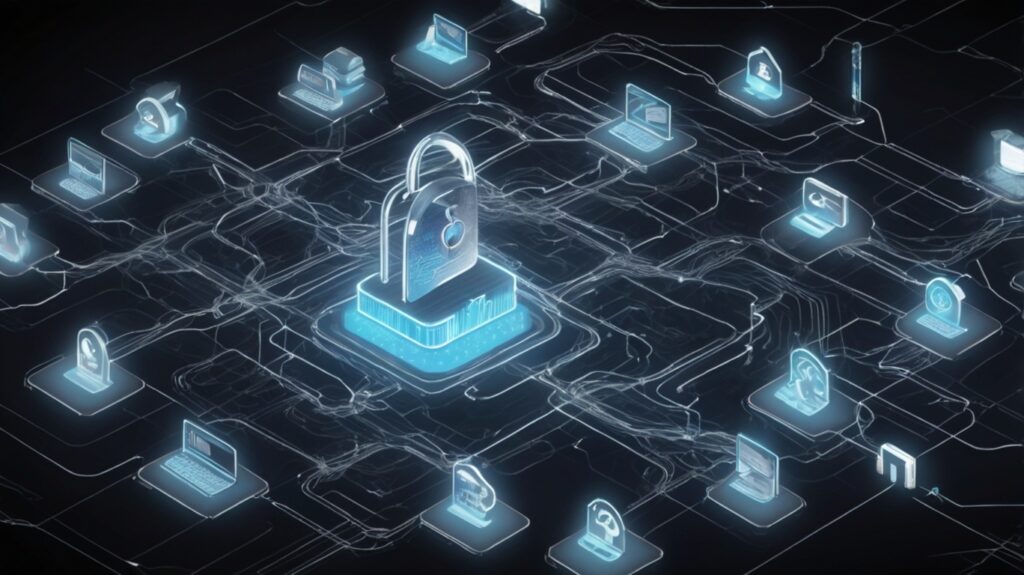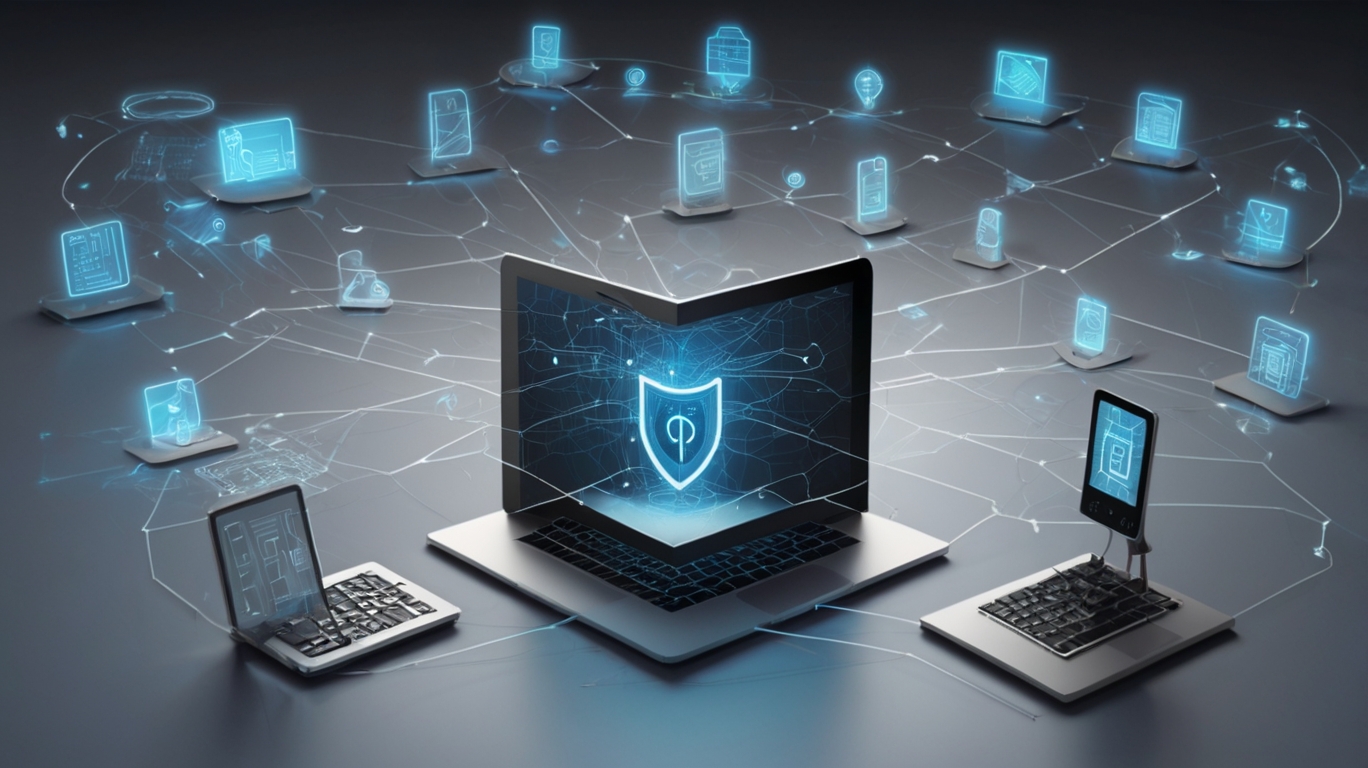In today’s hyper-connected world, digital security is no longer a luxury or a concern limited to IT professionals—it is an essential aspect of everyday life. With each passing moment, we generate, share, and store massive amounts of data through smartphones, laptops, smart devices, and cloud services. From personal photos and banking details to confidential business information, our data is constantly at risk. As technology continues to evolve and cyber threats become more sophisticated, understanding how to protect your digital presence is critical.
This article offers a comprehensive, human-centered approach to digital security, providing practical and accessible tips that anyone can follow to safeguard their information in a connected world.
Understanding the Digital Threat Landscape
Before diving into protective measures, it’s important to understand the nature of the threats we face. Cybercriminals are no longer lone hackers operating from basements. Today, we see well-organized cybercrime networks, sometimes backed by nation-states, targeting individuals, corporations, and governments alike.
Common threats include:
- Phishing attacks: Fraudulent messages that trick users into revealing personal information.
- Ransomware: Malware that locks access to your data until a ransom is paid.
- Data breaches: Unauthorized access to confidential data stored in organizations.
- Identity theft: Stealing personal information to commit fraud.
Recognizing that anyone can be a target is the first step toward developing a defensive mindset.
1. Strong Password Hygiene
Let’s start with the basics. Passwords remain a frontline defense against unauthorized access. Despite years of awareness campaigns, many people still use weak passwords or reuse the same password across multiple accounts. This significantly increases vulnerability.
Tips:
- Use a unique, complex password for every account.
- Include a mix of upper- and lowercase letters, numbers, and special characters.
- Avoid obvious choices like “123456” or “password.”
- Consider using a reputable password manager to generate and store passwords securely.

2. Enable Two-Factor Authentication (2FA)
Two-factor authentication adds an extra layer of protection. Even if a hacker gets your password, they would still need access to your second authentication method, such as a phone or a security token.
Tips:
- Enable 2FA on all important accounts, especially email, banking, and social media.
- Use authentication apps like Google Authenticator or Authy for better security over SMS-based 2FA.
3. Keep Your Software Updated
Outdated software can be a gateway for cyber attackers. Developers regularly release updates that fix security vulnerabilities.
Tips:
- Turn on automatic updates for your operating system, browsers, and apps.
- Don’t ignore update prompts, especially for antivirus and security software.
4. Secure Your Wi-Fi Network
Your home network is the foundation of your connected life. An unsecured Wi-Fi network can allow outsiders to intercept your internet traffic or gain access to your devices.
Tips:
- Change the default name (SSID) and password of your router.
- Use WPA3 encryption if available.
- Disable remote access features you don’t use.
- Consider setting up a guest network for visitors.
5. Be Cautious with Public Wi-Fi
Public Wi-Fi is convenient but inherently insecure. It’s relatively easy for cybercriminals to intercept data on public networks.
Tips:
- Avoid accessing sensitive accounts or making financial transactions over public Wi-Fi.
- Use a trusted Virtual Private Network (VPN) to encrypt your connection.
6. Practice Smart Device Security
With the rise of the Internet of Things (IoT), many households now have smart speakers, thermostats, cameras, and more. These devices often have limited security features and can be exploited.
Tips:
- Change default credentials on all smart devices.
- Keep firmware updated.
- Connect IoT devices to a separate network when possible.
7. Monitor Your Digital Footprint
Every action you take online contributes to your digital footprint. Oversharing personal information on social media can make you an easy target for cybercriminals.
Tips:
- Be mindful of what you post, especially location and personal identifiers.
- Regularly review privacy settings on your social media accounts.
- Google yourself occasionally to see what information is publicly available.
8. Backup Your Data
Even with the best security measures, breaches and data losses can happen. Backing up your data ensures you don’t lose valuable information.
Tips:
- Use both cloud-based and physical backups (external drives).
- Automate backups to ensure regularity.
- Encrypt sensitive backups.
9. Be Wary of Phishing and Scams
Phishing scams are getting more sophisticated. They can appear as legitimate emails, texts, or even phone calls.
Tips:
- Don’t click on links or download attachments from unknown sources.
- Check the sender’s email address carefully.
- When in doubt, contact the organization directly through official channels.
10. Educate Yourself and Others
Cybersecurity is a shared responsibility. Educating yourself and those around you strengthens the entire network.
Tips:
- Follow reliable sources on cybersecurity trends.
- Take online courses or webinars on digital safety.
- Talk to your family, especially kids and seniors, about safe internet practices.
Final Thoughts: Embracing a Proactive Mindset
Digital security isn’t about eliminating all risk—that’s impossible. It’s about reducing exposure and increasing resilience. Taking small, consistent steps makes a big difference over time. The more proactive you are today, the less reactive you’ll need to be when faced with a threat tomorrow.
We live in an era where data is currency. Protecting it is not just a technical task but a deeply human responsibility. By staying informed, vigilant, and proactive, we can navigate this connected world more safely and confidently.
After all, digital security is not just about protecting information—it’s about protecting people.
Frequently Asked Questions (FAQ) on Digital Security
1. Why is digital security important for everyone—not just IT professionals?
Digital security is essential in today’s world because we all use technology to store and share personal and sensitive data. From banking to social media, our digital presence affects many aspects of daily life, and cyber threats can target anyone.
2. What are the most common digital threats today?
- Phishing: Fake messages that trick you into revealing personal info.
- Ransomware: Malware that locks your data until you pay a ransom.
- Data breaches: Hackers gaining unauthorized access to data.
- Identity theft: Stealing personal details to commit fraud.
3. How can I create strong passwords?
Use unique, complex passwords for each account. Mix uppercase and lowercase letters, numbers, and symbols. Avoid easy-to-guess passwords like “123456.” Consider using a password manager.
4. What is two-factor authentication (2FA), and why should I use it?
2FA adds a second step to your login process—like a code sent to your phone—making it harder for hackers to access your accounts, even if they have your password.
5. Why are software updates important?
Updates often fix security vulnerabilities. Keeping your system, apps, and antivirus software up-to-date reduces the risk of exploitation by hackers.
6. How can I secure my home Wi-Fi network?
- Change your router’s default name and password.
- Use WPA3 encryption if available.
- Disable remote access features you don’t use.
- Set up a guest network for visitors.
7. Is it safe to use public Wi-Fi?
Public Wi-Fi is convenient but risky. Avoid logging into sensitive accounts or making purchases on it. Use a VPN to encrypt your connection when necessary.
8. What should I know about securing smart devices (IoT)?
- Change default usernames and passwords.
- Keep firmware updated.
- Connect smart devices to a separate network if possible.
9. How can I manage my digital footprint?
Be careful about what you post online. Review privacy settings on social media regularly. Search your name on Google to see what info is publicly accessible.
10. What’s the best way to back up my data?
Use both cloud-based and physical backups (like an external hard drive). Automate backups and encrypt sensitive files for added protection.
11. How can I spot phishing attempts and scams?
Be cautious with unexpected messages, especially those asking for personal info. Look closely at sender addresses, and never click suspicious links or attachments. Contact companies directly through their official sites if unsure.
12. How can I stay informed about digital security?
- Follow trusted cybersecurity blogs or news sites.
- Take online courses or webinars.
- Talk to friends and family about safe online habits.
13. Can I ever be 100% secure online?
No system is 100% secure, but by taking proactive steps—like using strong passwords, enabling 2FA, and staying informed—you can greatly reduce your risk and increase resilience.
read also:




